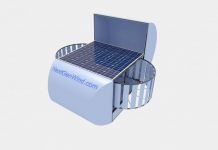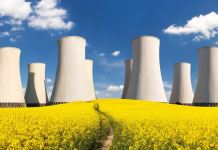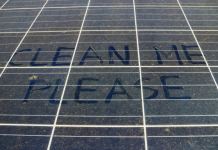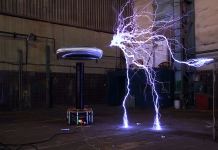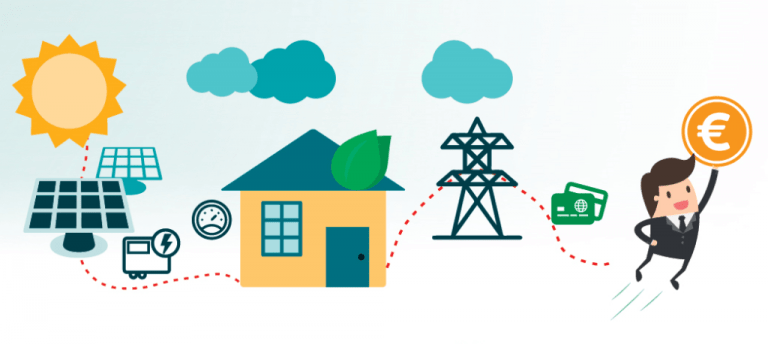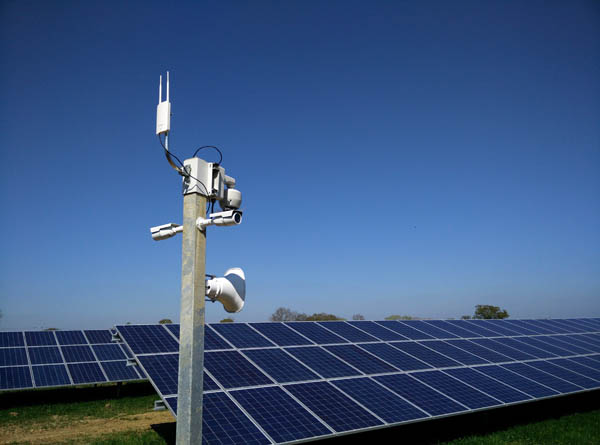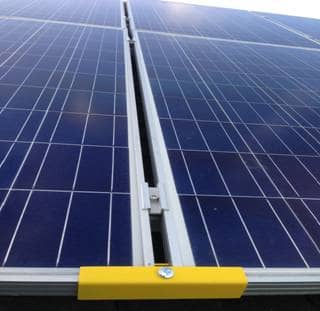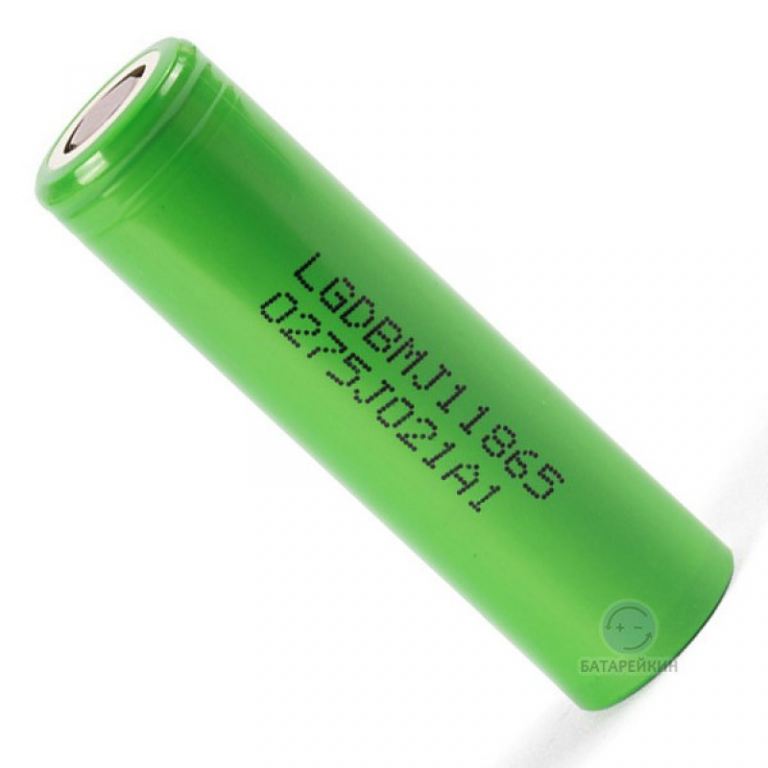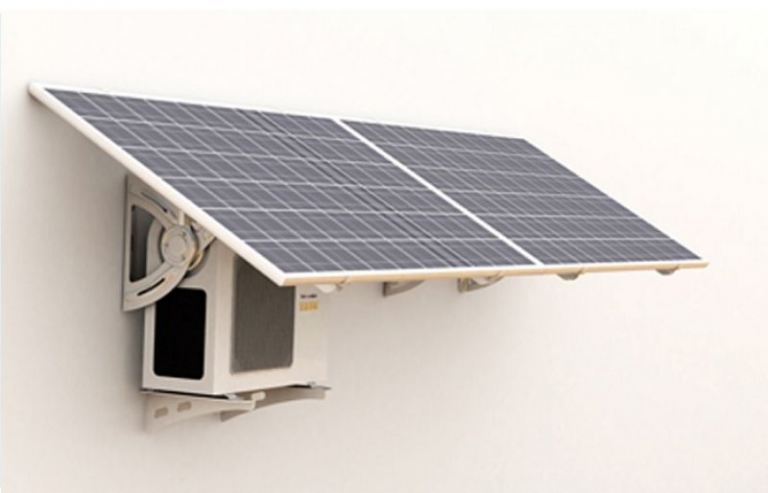What is gone?
The 18 euro cents tariff for kilowatts sold and the lack of the need to pay VAT on equipment on its own have really made solar power very attractive. Private renewable energy plants with a total capacity of 243 MW have been operating in the past year. That is, about 5.4% of the total renewable electricity generation in Ukraine (excluding hydroelectric power plants). For a better idea of this jump, it is worth mentioning that only 157 MW were introduced in 2014-2018.
Currently, Ukraine’s total green energy capacity is 6.8 GW. That is 800 MW more than the Zaporizhzhya NPP. However, it is worth mentioning that the stability of the SES and WPP depends on the weather conditions.
The tar bed was a short-term ban on the sale of electricity under Green Tariff from land-based power plants. But thanks to the influence of the public and influential owners of private solar power plants, these edits were abolished. The downside of the euro also played a negative role, as it was the Euro that recorded the profit from the Green Tariff. Political instability should not be forgotten either.
What do we get in 2020?
- A green kilowatt will cost 16.26 euro cents.
- It will be possible to increase power up to 50 kW.
- It will be necessary to pay VAT for the equipment (when signed by the President).
From the positive you can see the cheaper equipment and 15-30% cheaper connection to the network.
What Affects Private Renewable Energy in Ukraine?
To put it briefly, the opponents are large scale electricity companies. As well as coal and nuclear power plants. The bottom line is that the Green Tariff is actually funded by high tariffs for entrepreneurs. That is, it is also funded by the average Ukrainian.
On the other hand, the increase in green energy capacity has led to excess generation. It should be offset by the reduction of coal capacity. But this is not possible for one reason we all know. It will also be very problematic to reduce the capacity of the nuclear sector. That is, the fight between the parties:
- Owners of small and industrial power plants and wind farms.
- Entrepreneurs + Coal Energy + Nuclear Power.
The reason for the optimism is that there are already many influential players in the renewable electricity market. Although there are some on the opposite side of the barricades.

Fine. How fast will my solar panels return if I buy them now?
For the best idea you should consider the prices of ready-made kits of power plants for 10 kW, 30 kW, 30 kW and 50 kW. Each kit includes solar panels, an inverter, batteries, and other essential equipment. The turnkey kit includes installation, supports and network connections, as well as design support. Prices will be approximately as follows:
- 10 kW – € 5,000.
- 30 kW – 14 000 euros.
- 30 kW turnkey – 18,000 euros.
- 50 kW – € 20,000.
The prices are average. That is, you can find a cheaper and more expensive option. Of course, the cheapest option will be to assemble a set of self-ordered parts yourself, but if you can do that, then you will know for a long time how much you will get in 2020.
How much does the station produce per year?
Each season is very different, but annual production remains more or less stable. The annual generation is calculated using the following formula: power * 1000 * coefficient (1,1-1,26). The latter factor depends on where the power plant is located. After all, production in Chernihiv and Kherson will be slightly different. This is the result of the generation results. Take the average of 1.18.
So it turns out:
- 10 kW * 1,18 * 1000 * 0,1626 Euro = 11 800 kW * 0,1626 Euro = 1918 Euro / year.
- 30 kW – EUR 5756 / year.
- 50 kW – € 9593 / year.
Thus we count when the power plant returns its money:
- 10 kW – 3 years.
- 30 kW – 3 years.
- 30 kW turnkey – 4 years.
- 50 kW – 3 years.
To be more precise, it was not necessary for the turnkey stations to specify 2.1-2.5 years, but do not forget about:
- Delivery.
- Assembling.
- The cost of connection.
- Mounting tables.
- Security.
It is worth counting on profit only after 4 years, which is the standard. Moreover, it is subject to the operation of the Solar Power Plants without shading from the side of neighboring trees, hills, buildings, poles, as well as when mounted at an appropriate angle, taking into account the trajectory of passage of the sun.

Thank you! We wish you had no unforeseen circumstances when building your own power plant!











